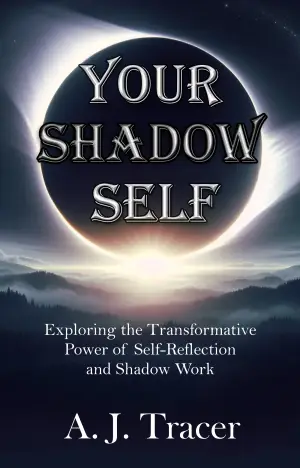A Swiftly Tilting Planet
by Madeleine L’Engle

- Pages: 320
- ISBN: 0312368569
- Link: Goodreads
- Format: Paperback
- Published on: May 1st 2007 (first published 1978)
- Published by: Square Fish
A Swiftly Turning Planet, the third book published in Madeleine L’Engle’s Time quintet (apparently, Many Waters takes place in time between A Wind in the Door and A Swiftly Turning Planet, but wasn’t published until later) occurs about nine years after A Wind in the Door. Meg is now married to Calvin and pregnant; Sandy and Dennys are working on becoming a doctor and lawyer; Charles Wallace is fifteen. The Murry family (sans Calvin, who’s off on a business trip during the entire book) is reunited for Thanksgiving. Meg’s mother-in-law/Calvin’s mother even makes a rare appearance. During the meal, the president of the United States calls and speaks with Meg’s father. Apparently a South American leader is close to starting a nuclear war. What the president wants Dr. Murry to do is unclear. Mrs. O’Keefe announces that it’s up to Charles Wallace to prevent said war. So Charles Wallace flies through time on a unicorn, entering people’s bodies in the hopes of changing the course of history. Meg is only allowed participate from a distance because she’s pregnant.
Review
I didn’t particularly care for this installment of the Time series. When it was established that Meg was married and pregnant, I groaned. I mean, anyone who’s read the first two books in the L’Engle series could see that the Meg/Calvin relationship was heading that direction. It’s just that Meg was the heart of the first two books and so much time had passed…I just wasn’t ready for it. Instead of going on an adventure this time, Meg stays home – mostly in bed – kything with Charles Wallace in order to give him moral support. TV Tropes calls Meg a “pregnant badass” in this situation: Meg kicked ass in the previous books, but she was so overtaken by pregnancy that she had to stay in bed and help from afar.
When the idea of Charles Wallace going within people was first mentioned, I found myself wondering if he’d be successful. When he tried to enter IT in A Wrinkle in Time, it was extremely disastrous. Ultimately, we only see Charles Wallace actively doing anything to change the actions of the people he’s inhabiting once – and that was the first time. After that, he seemed more like a passive observer in the lives of the people he was within. It wasn’t until the very end of the book when everyone was all “war? What war?” that I understood something had even happened to change history.
And then there was the whole name thing: Branzillo, Brandon, Branwen, Charles, Chuck, Matthew, Maddox, Madoc, Maddock, Mad Dog, Gwyndyr, Gwen, Gedder, Zyll, Zylle, Zillah, Zillie – not to mention the two Mormains – I think I have them all. You don’t suppose all these people could have something to do with each other, do you? Why, in fact they do! And it wasn’t until page 160 when the characters figured this out. This is insulting to the reader to assume they can’t make this connection and the Murrys are supposed to be so much smarter than the average reader. I found these naming practices to be repetitive and silly. I get that L’Engle is religious; the religious references in A Winkle in Time and A Wind in The Door didn’t bug me nearly as much as they did in A Swiftly Turning Planet. The naming and the constant Cain/Abel motif got really old really fast.
And finally, I’d be remiss to end this post without pointing out the racist undertones in A Swiftly Turning Planet. The Wind People fall into the “noble savage” stereotype of Indigenous people. It bugged the shit out of me.
I don’t know what happened, but I couldn’t like A Swiftly Turning Planet. L’Engle really let me down here.












